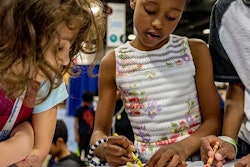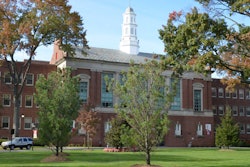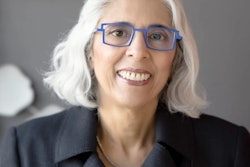Innovative, impactful ideas using today’s technology to meet today’s educational needs always need applauding.
One of the great needs of our time is for more of our students to enter the STEM (science, technology, engineering and mathematics) fields. An even greater need of our time is for more women to enter the STEM fields.
Beginning next month, college students will receive online mentorship from hundreds of prominent women working in the STEMs. WitsOn (Women in Technology Sharing Online) is a six-week pilot program sponsored by Harvey Mudd College and the Piazza college course discussion platform company to encourage female students to enter the STEM fields.
“I think of this as a MOOC — a massive open online course — and a big mentor-fest,” Harvey Mudd president Maria Klawe told The New York Times. “Getting more women into STEM is my passion in life, and every institution that’s set up mentorship programs for your women has been successful at increasing their numbers, so I think this can make a real difference.”
It can, and it will, and it is needed.
It was not long ago that Harvard President Lawrence H. Summers suggested that the underrepresentation of women scientists at elite institutions may stem in part from “innate” differences between women and men. Even though a tornado of ire swirled around this one person’s words in 2005, the fact of the matter is that many men (and women for that matter) almost certainly silently agreed with Summers’ comment. The fact of the matter is that we still live in a deeply sexist society with many people who believe the myth that women’s underrepresentation in the STEM fields stem from their inherent intellectual inferiority.
This is not a new idea. It is as old academe. French scientist Gustav Le Bon “found” a century ago that women’s brains were smaller in size, closer to gorillas. That explained, he said, their “fickleness, inconstancy, absence of thought and logic, and incapacity to reason.”
But probably even more impactful than the sexism in thought is the sexism in practice in the STEM fields. As many of us had to learn the hard way, too often in our society who you are and who you know is more important, more decisive in entering and rising in a career than what you know. We have no control over who we are, but we do have control over who we know. And WitsOn is not only planning to mentor young women. “We will do our best,” its website said, “to connect students who are interested in positions with mentors’ organizations that have positions to fill.”
For a young, precocious, impressionable female student to have a succeeding mentor shine as that beacon of defiance to sexist thought, to have that model beacon to navigate the male-dominated STEM collegiate environments, to have someone giving the student a professional outlet to answer questions — this is just a wonderful program. I plan to encourage my institution to participate. You should, too.
“By creating an online community of students and mentors, the sponsors of WitsOn hope that students — particularly though not exclusively young women — will better be able to envision themselves in STEM careers, thereby creating a larger pool of talented people who are ready to handle the challenges that humanity faces in the coming decades,” the WitsOn web site states.
And there will be challenges, challenges that call for great minds, great STEM minds, great women.
This mentorship program does not have a curriculum, grades or credit. It is designed for women, but men are not excluded. Colleges and universities can sign on to participate and publicize the program. Faculty members must nominate participants. Then, the questioning and the answering and the learning and the inspiring and the confidence and the opportunities start to flow, intensifying the flow of women in the STEM fields.
Dr. Ibram H. Rogers is an assistant professor of Africana Studies at University at Albany – SUNY. He is the author of The Black Campus Movement: Black Students and the Racial Reconstitution of Higher Education, 1965-1972.


















